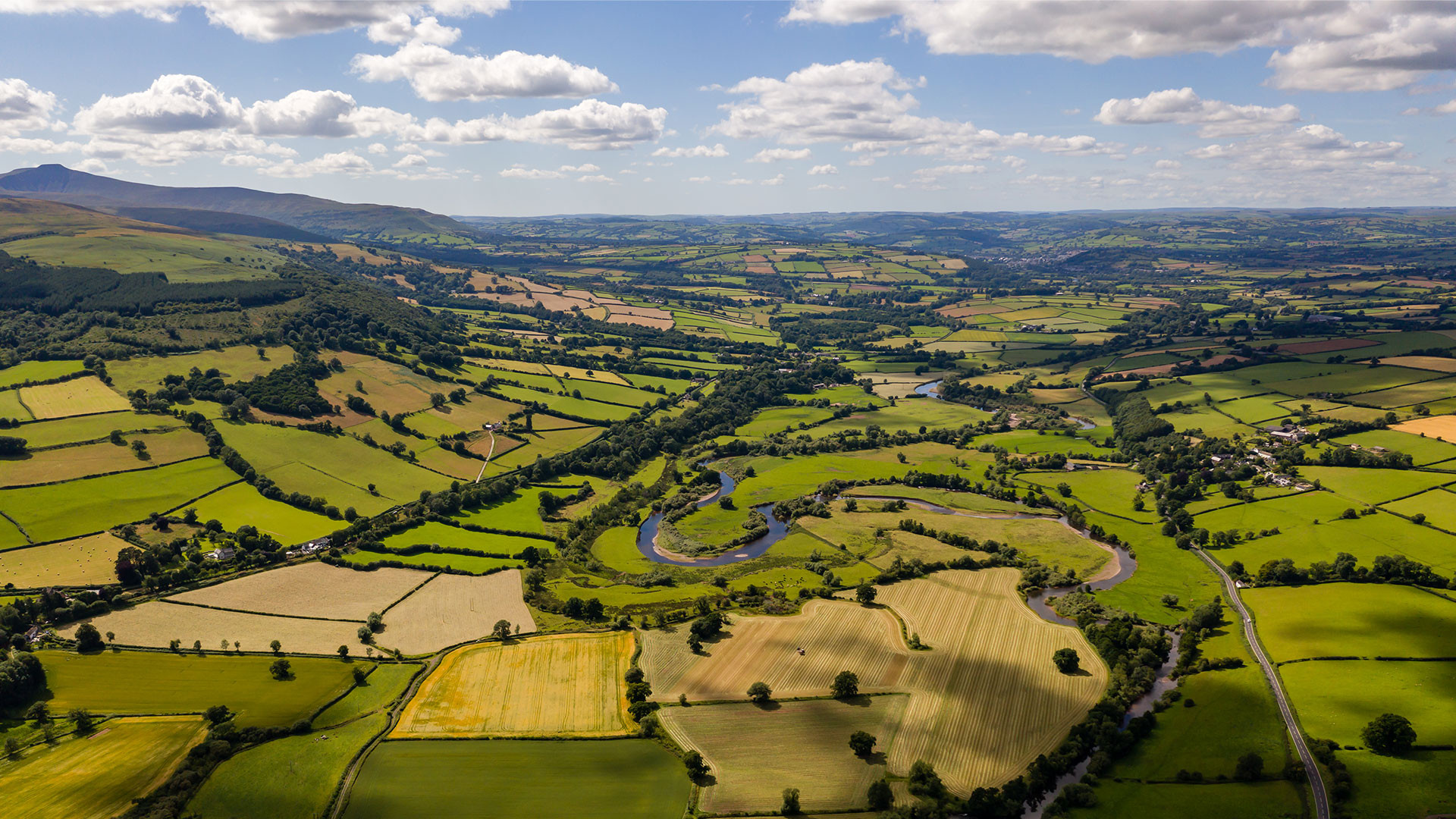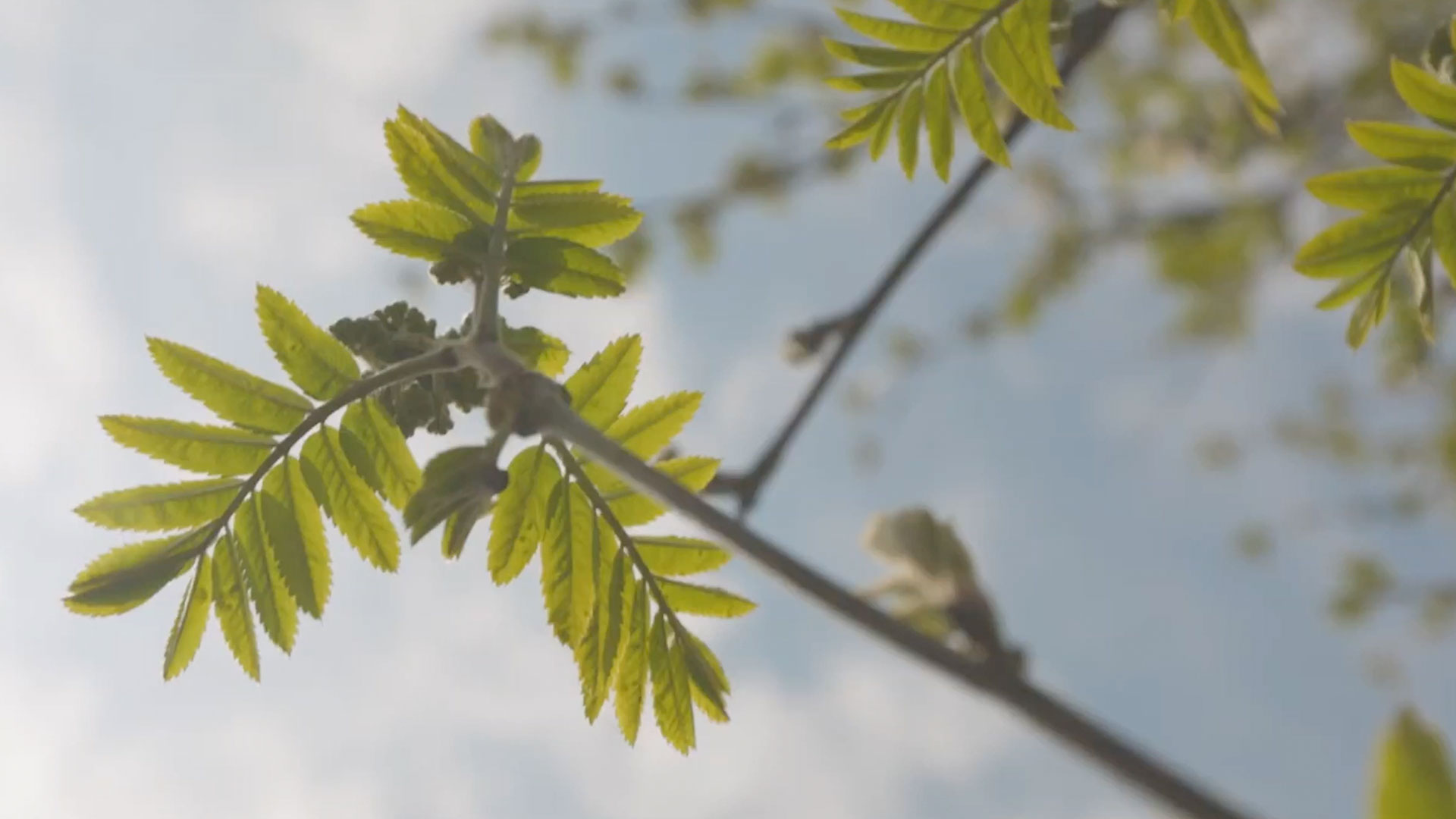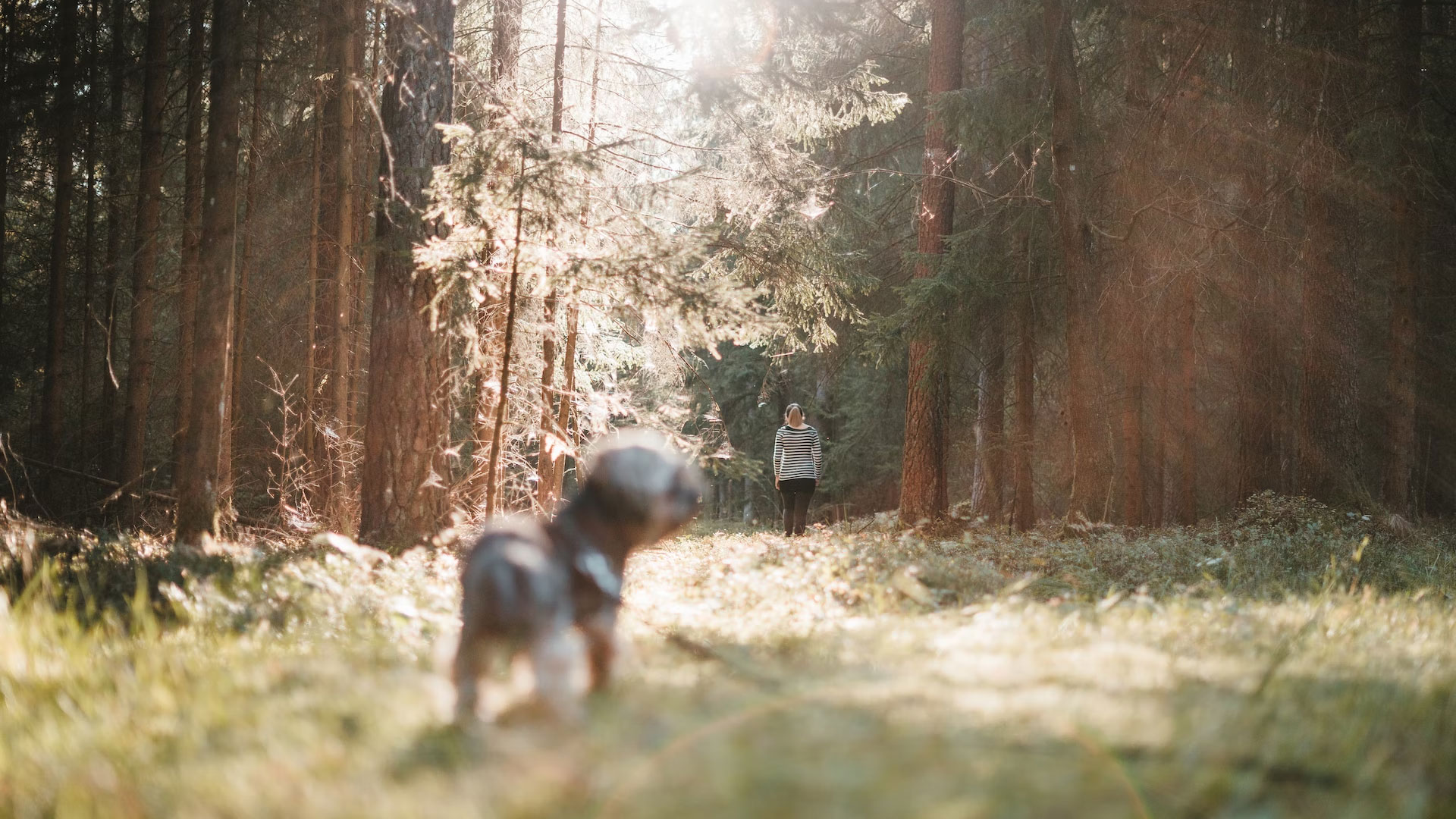Mission
Habitat Recovery

Species Conservation

Ecosystem Management

Nature
The 2019 Natural Resources Wales State of Natural Resources Report highlighted the loss of 73 species from Wales since the 1970s with a further 666 at risk of extinction.
The State of the Park Report from 2020 found that eight ‘red list’ species were declining by more than 50% in Bannau Brycheiniog (Brecon Beacons) National Park area, including swift, greenfinch, grey wagtail, yellowhammer, curlew, wheatear and rook.
Some of our most familiar birds, such as chaffinch and blue tit, were shown to decline between 25 – 50%. These declines were seen across multiple species and multiple habitats, which indicates wide-ranging problems within ecosystems, with profound consequences for nature and humanity.
The Nature Mission—ensuring that Bannau Brycheiniog (Brecon Beacons) National Park is Nature Positive by 2030—means turning the corner on the current state of decline, and by 2030 putting nature recovery on an upward trajectory.
We need to halt the decline in habitats, restore those that are degraded, and revert some back to nature. We must achieve this without allowing one habitat to trade-off against another . More action must be focused on the 72 biological Sites of Special Scientific Interest in the National Park to ensure they are in favourable condition and exemplars of conservation. Specific attention is needed to arrest the decline of flagship species and to increase their numbers and range, by reducing threats and expanding habitat. Ecosystem services generated by the National Park – from drinking water, to carbon sequestration, to a place to connect with nature – are vital to those in and beyond the National Park. More coherent, more joined-up and bigger scale action is needed to safeguard these services, and support sustainable local food production.
UK National Parks are Category V protected areas, meaning they are ‘living working landscapes’. It is vital that National Parks contribute fully to the UK Government’s pledge to achieve 30% of land and sea protected for nature by 2030, and further that we meet the recommendations for designated landscapes set out by the Welsh Government arising from the ‘Biodiversity Deep Dive’. The main habitats in the National Park are grasslands (including both semi-natural and improved grasslands, and calcareous as well as acid grasslands), woodlands (broadleaf, conifer and mixed), heathland, peatland, farmland, and wetlands and open water. The National Park contains 104 Sites of Special Scientific Interest (SSSI), of which 72 (69%) are biological SSSIs and 13 (13%) are mixed. Biological SSSIs account for 12,668 hectares (9% of the National Park) and mixed SSSIs account for 16,041 hectares (12% of the Park). SSSIs include all the major habitats of the Park (grassland, peatland, woodland, heathland, wetland and waterbody)
Our vision is for the National Park in its entirety to be functioning effectively as a protected area, supporting land uses and management strategies that contribute to habitat recovery, species conservation and ecosystem functioning. Bannau Brycheiniog (Brecon Beacons) National Park Authority is guided by the British Ecological Society recommendations for National Parks to “deliver for nature in the long term (effectiveness)” and “build ecological resilience and improve biodiversity (in the face of climate change and other environmental pressures)”.
Achieving a positive outcome for nature challenges us to evaluate the current state and trends in the National Park, and leverage significant additional resources where they are most needed. Effective collaboration, at a much larger scale, will be at the heart of delivering impact. Farmers form the biggest group of land users in the National Park, and will be central to the innovations needed to achieve the nature mission.
Our natural environment sustains us, physically, mentally, culturally and spiritually.
Y Bannau: The Future is a living landscape, a mosaic of natural, semi-natural and managed habitats and ecosystems. Home to woodlands, peatlands, moorlands, pasture, meadows and more.
Our role is to use our skills and data to understand this complexity, to use this information and knowledge to work in partnership with all those who own and manage the land of the Park (including ourselves) to protect, repair and regenerate our key habitats, species and ecosystems.
Our natural environment sustains us, physically, mentally, culturally and spiritually.
We will explore and channel the emerging economic and social drivers for environmental change to support farmers, landowners and communities to establish new ways of working that support thriving communities whilst repairing and restoring our essential ecosystems.








